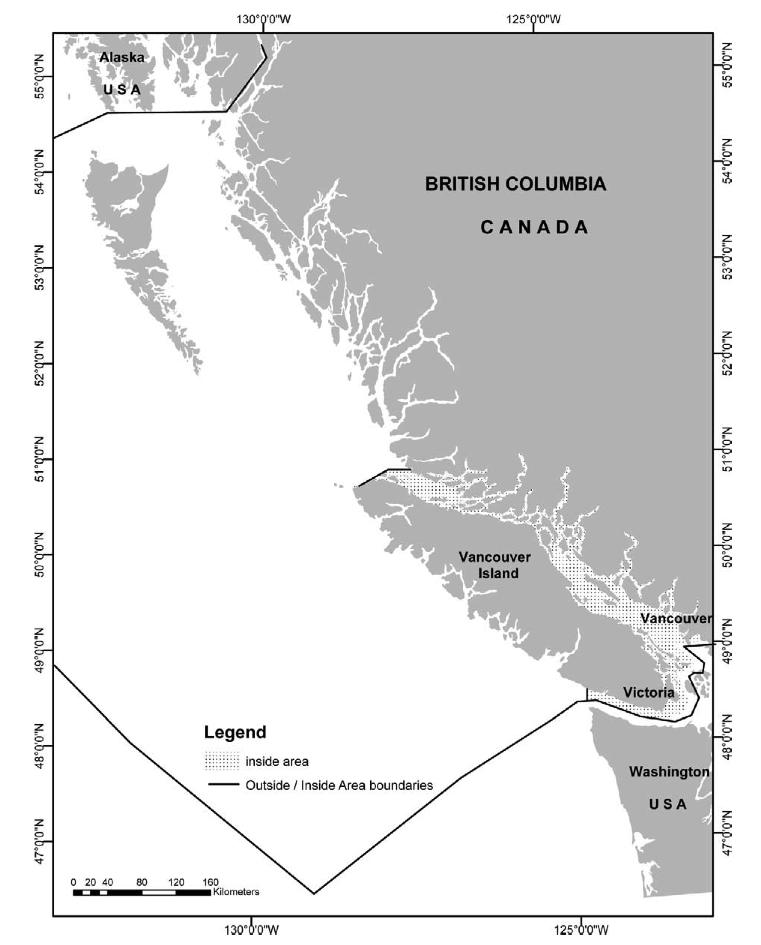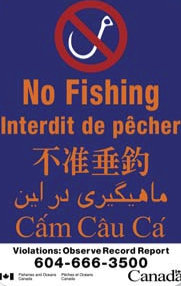One reason is that RCAs satisfy some rockfish life history traits but lack in the amount and type of habitat protected. The average space between RCAs is within the rockfish larval dispersal range , indicating that RCAs with low rockfish density can benefit from nearby RCAs with high density. In addition, inshore rockfish have small home ranges; much smaller than the average size of an RCA. Although RCAs are attuned to rockfish movement and reproduction, they are not as well suited to rockfish habitat. Scientists recommended that 20% outside rockfish habitat and 50% inside rockfish habitat should be protected for RCAs to be successful. However, RCAs cover only 15% of the outside area modeled rockfish habitats and 28% of the inside area.
To add, the statistical model used to predict where rockfish habitat was better at distinguishing bad habitat from possible rockfish habitat than locating optimal rockfish habitat. Both of these factors could be influencing rockfish recovery, or perhaps environmental conditions have just not favoured rockfish reproduction since the start of RCAs.
While RCAs might seem like a great solution in theory, the problem is getting people to abide by the regulations. This has been a big issue for RCAs, mainly with recreational fishers. Whilst there is evidence of intentional poaching in RCAs, a lot of the fishing that occurs in them is accidental. Recreational fishers simply don’t have the resources to know where are RCAs are or why they’re necessary. The Department of Fisheries and Oceans used to run a Rockfish Conservation Strategy outreach campaign but that has been abandoned. They also used to print a booklet explaining the regulations and locations of RCAs, but that stopped being published in 2009. On top of all that, there are no maps of RCAs that are available to download to mapping software used by recreational fishers, making it very hard for them to know where they are relative to an RCA when they’re out fishing.
Next: What can you do to help?


